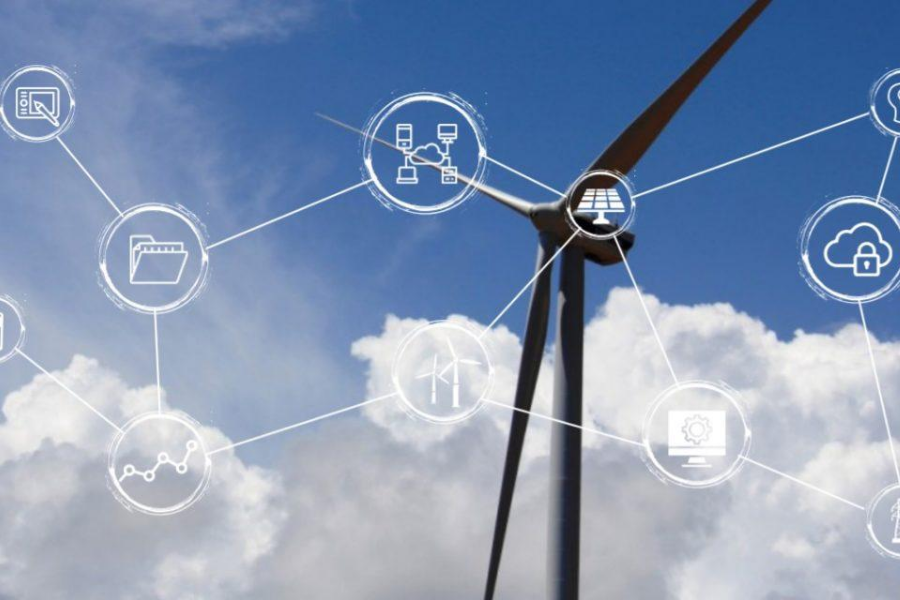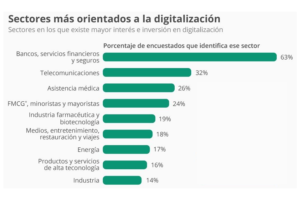
Recovery plan for Europe: renewable energy and digitization
On July 21, 2020, the European Union managed to approve the Recovery Plan for Europe, a package of direct aid to stimulate the economy and tackle the health crisis caused by Covid-19. The financial package totals 750,000 million from the recovery plan, of which Spain will receive 140,000 million.
Current situation
We are currently in the midst of a transition called “new normal” in which the governments of the vast majority of countries are drawing up plans and establishing regulations with the aim of recovering business activity and returning it, little by little, to pre-existing levels. crisis.
However, the current situation is marked by enormous uncertainty, on which there are many factors on which the economic recovery depends. In addition to the impact of fiscal and monetary stimuli and the commitment of the private sector, no one can determine what the evolution of the virus will be and the possibility of future outbreaks or a new mandatory quarantine are not unlikely scenarios.
In this scenario, initiatives include providing investment support; reinforce fundamental programs for recovery and finance actions to build resilience in the future. The European Recovery Plan consists of several pillars on which the growth of the European Union will be based, which will mainly be based on the digital transition and the ecological transition.
Renewable energy
Today, renewable energies are the cheapest source of energy for more than two thirds of the population, coinciding with the fact that large energy companies have just announced plans to accelerate their investments in clean energy as part of their economic recovery plan after the Covid-19 crisis.
Companies are aware of the great potential of renewable energy. For example, marine energy has the potential to completely “decarbonize” the world energy sector and, as regards photovoltaic energy, Spain has a potential generating capacity that would allow it to become a major energy exporter. In addition, wind and solar power are also benefiting from the rapidly decreasing cost of technology. Solar power generation costs fell 82% in 2010-2019 and wind power costs will more than halve by 2040.
But not all is good news for renewable energy, one of the main obstacles holding back its development is restrictive regulation, in terms of planning and licensing standards.
Another major factor is construction-related disputes, for example, wiring and foundation issues in wind projects.
For years, renewable energy projects received little subsidy, and it was impossible for companies to cope with high investment costs. Thanks to the decrease in technology costs and the ambitious European Recovery Plan that will boost clean energy, a very prosperous future is foreseen for the sector.
Digitization
The new stage that emerged after the first months of the coronavirus crisis has forced the vast majority of companies to go digital. According to data from Inloyalty, the company specialized in loyalty, 45% of the population chooses to promote payment methods that minimize contact, such as contactless cards or mobile payments.

Source: Statista
It is estimated that the sectors that will be most digitized will be banking and insurance, telecommunications and basic services, with a greater role for the web / App.
We must not forget that digitization is not just about adding technologies to the company. It is much more than that, it involves a change in the way people work and the way people and processes are related.
The consumer has more and more information, greater decision-making power and the capacity to generate opinion. In addition, it has at its disposal information channels that until recently only brands had.
The customer wants to interact, not receive cold communications or be bombarded by ads that do not interest him. The consumer wants the brands to which he gives his trust to treat him as a person.
Conclusions
According to data from the Spanish Energy Sector Digitization Report presented last June, since 2014, investments in digitizing the energy sector have increased by 20% worldwide. After analyzing these data, the main conclusion that is drawn is that in the middle of 2020, there is still an important way to go in this area, that is, we are in a context that presents several challenges and offers different opportunities to face.
Since the Covid-19 crisis, digitization has been the salvation of many sectors and has forced the modernization of a few that were obsolete. For all these reasons, it has become a key tool in the current reactivation plans that are being launched to curb all the economic consequences of the pandemic.
Within the energy sector, digital technologies are essential to achieve the transition to the energy model and meet the goals set for 2030 according to the European Green Pact, where it aims to achieve an increase in the use of renewables and reduce the carbon footprint.
After all, the digitization of energy systems has the ability to contribute to the Sustainable Development Goals from several fronts such as:
- Improving energy efficiency.
- The promotion of the circular economy.
- Improving transparency.
- Traceability and security.
- The development of sustainable transport.





